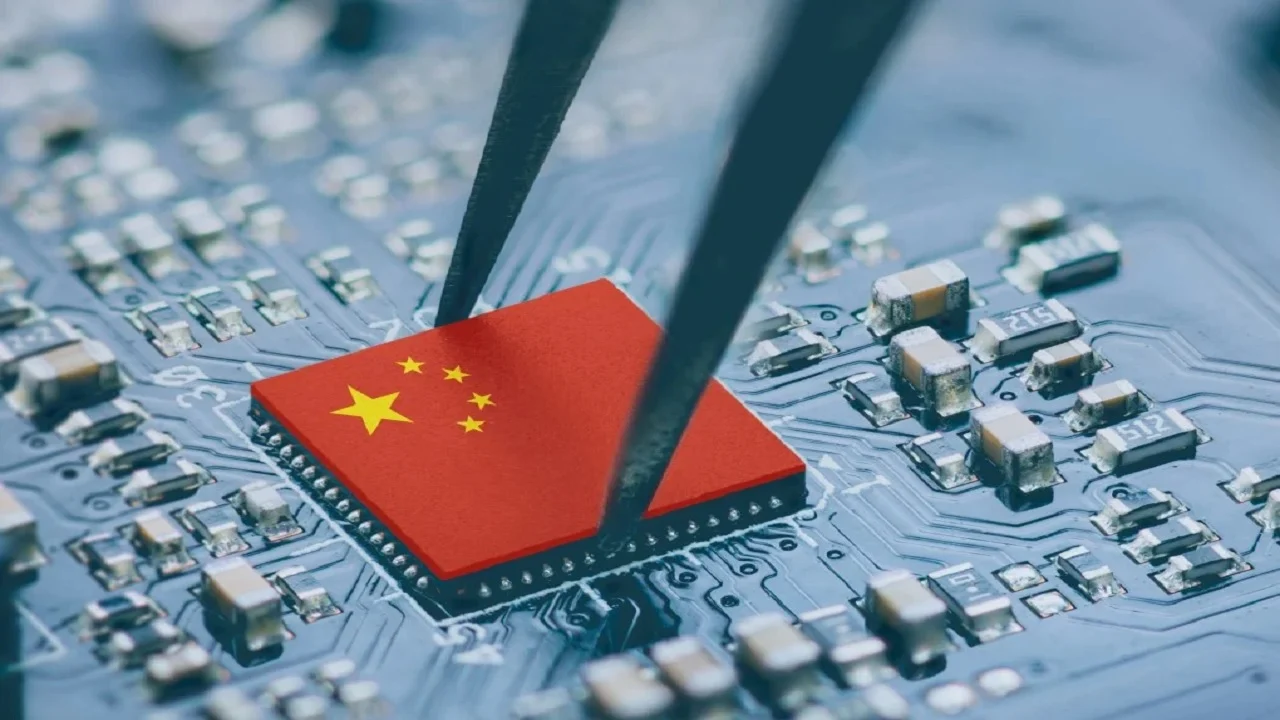The United States has once again tightened its export restrictions on semiconductor technology, targeting China in a move aimed at limiting the country’s ability to advance its semiconductor industry. The decision, announced recently, is part of Washington’s broader strategy to curb the flow of sensitive technologies that could aid China in developing advanced weaponry and artificial intelligence (AI). This escalation in the ongoing trade and technological rivalry between the two global superpowers is sure to have profound consequences on international trade, technological development, and global relations.
Why the US Imposed Stricter Export Controls
The Biden administration has made it clear that its primary concern is national security. According to US Commerce Secretary Gina Raimondo, these measures are designed to prevent China from accessing critical semiconductor technology that could be used in military applications. National Security Adviser Jake Sullivan also underscored the importance of these export controls, noting that they were necessary to protect America’s technological edge, particularly in the areas of AI and defense. “The United States will continue working with our allies to safeguard our most valuable technologies and know-how,” Sullivan stated.
These new restrictions target Chinese semiconductor companies, including major players like Piotech and SiCarrier, but they also extend to companies in other countries like Japan, South Korea, and Singapore. The move is aimed at preventing these companies from accessing high-end semiconductor technology that could be used to advance China’s technological and military capabilities.
The Targeted Technologies and Companies
The latest restrictions involve several key areas of the semiconductor supply chain. Among the most significant moves are the controls on chip-making equipment and the software tools necessary to develop semiconductors. The US has placed restrictions on 140 companies globally, and it now requires these companies to obtain special permissions before acquiring high-end semiconductor technology from the US. This includes crucial components for the development of advanced chips used in AI, military systems, and other cutting-edge applications.
For companies like ASML, a Dutch firm that manufactures critical equipment for semiconductor production, these restrictions have the potential to impact their ability to export advanced chip-making technology to China. While ASML’s deep ultraviolet lithography (DUV) systems will be affected, the company’s extreme ultraviolet lithography (EUV) machines, which are essential for manufacturing the most advanced chips, have already been restricted for export to China due to previous sanctions.
The Impact on Semiconductor Production and Supply Chains
These export controls are likely to have significant consequences for China’s semiconductor ecosystem, as the country has relied heavily on foreign companies for chip-making equipment and technology. The restrictions are designed to slow down China’s ability to produce cutting-edge chips, which in turn could delay its progress in AI, machine learning, and defense technologies.
At the same time, US allies such as the Netherlands and Japan are increasingly aligning with the US’s security concerns. The Dutch government has expressed its support for the new export controls and is evaluating how they will impact companies like ASML. This coordination among US allies signals a growing effort to limit China’s access to semiconductor technology on a global scale.
China’s Response to the New Restrictions
China has strongly condemned the latest US move, accusing Washington of using export controls to stifle its technological development. A spokesperson for China’s Ministry of Commerce called the restrictions an abuse of trade policies, aimed at hindering normal economic exchanges between the two nations.
In response, China has vowed to protect its interests and retaliate where necessary. The Chinese government has indicated that it will continue to focus on developing its domestic semiconductor industry, investing in research and development, and diversifying its sources of semiconductor technology. This response underscores China’s determination to reduce its dependency on foreign technology and to become self-sufficient in the production of advanced semiconductors.
China’s Semiconductor Ambitions and the Road Ahead
Despite these setbacks, China is unlikely to back down from its goal of advancing its semiconductor industry. In recent years, China has heavily invested in its semiconductor sector, with the aim of reducing its reliance on foreign companies like Intel, TSMC, and ASML. The Chinese government has also provided significant subsidies to domestic chipmakers in an effort to boost the country’s technological capabilities.
However, with these new export restrictions in place, China may face significant challenges in developing the next generation of semiconductor technologies. The country will likely need to find alternative sources of equipment and expertise, which could slow down its progress and force it to innovate in new directions.
Broader Implications for Global Trade and Technological Innovation
These latest restrictions are part of a broader trend of increasing regulation and control over the global semiconductor supply chain. The US’s “small yard, high fence” policy, which focuses on controlling access to critical technologies, is designed to ensure that America maintains its technological leadership. This policy has been particularly focused on limiting China’s progress in AI, which is seen as a key area of strategic competition.
The growing restrictions on semiconductor technology could have broader implications for global trade and technological innovation. As more countries adopt similar measures to safeguard their own technological advancements, the global semiconductor market could become more fragmented, leading to disruptions in supply chains and potential trade conflicts.
The Global Semiconductor Race: US vs China
The US and China are in the midst of a fierce competition for dominance in the semiconductor industry, which is seen as a critical area for future technological advancements. Semiconductors are at the heart of nearly every modern technological device, from smartphones and computers to advanced military systems and AI algorithms. As such, whoever controls the production and development of advanced semiconductors will hold significant influence over the future of technology.
The Role of AI in the Semiconductor Race
One of the driving factors behind the US’s stringent export controls is the role of semiconductors in AI development. AI is transforming industries ranging from healthcare to finance, and it is increasingly being used for military applications. As such, the ability to develop powerful, energy-efficient chips is becoming a key determinant in the competition between the US and China.
The US’s decision to restrict China’s access to advanced semiconductor technology is aimed at maintaining its edge in AI research and development. However, this move also raises questions about the potential for global fragmentation in the semiconductor industry, as countries seek to secure their technological advantages in an increasingly competitive global market.
The Future of US-China Relations in Technology
The US’s tightening of semiconductor export controls is just one example of the broader tensions between the US and China in the realm of technology. As both nations continue to invest heavily in developing new technologies, the competition for technological dominance is likely to intensify.
While the US seeks to maintain its leadership in areas like AI, semiconductor production, and military technology, China is determined to catch up and become a global leader in these fields. This rivalry could lead to further regulatory measures, trade disputes, and technological clashes as the two superpowers continue to vie for control over the future of global technology.
FAQs:
1. What are the new export restrictions imposed by the US on China?
The US has imposed new export controls targeting China’s access to advanced semiconductor technology, including restrictions on companies and equipment used in chip production. This is part of efforts to prevent China from using US technology in military and AI applications.
2. Which Chinese companies are affected by these restrictions?
The new restrictions target 140 companies, including prominent Chinese semiconductor firms like Piotech and SiCarrier. These companies will need to obtain special permissions to access critical US semiconductor technology.
3. How do these restrictions impact companies like ASML?
ASML, a Dutch company, will be affected by restrictions on its deep ultraviolet lithography systems, which are crucial for semiconductor production. However, ASML has already been restricted from selling extreme ultraviolet lithography machines to China.
4. Why is China protesting the US’s export controls?
China has condemned the new export controls, calling them an abuse of trade policy. Beijing believes these measures are aimed at stifling China’s technological development and economic growth.
5. What is the broader impact of these semiconductor restrictions?
The restrictions could have significant consequences for global trade, leading to a more fragmented semiconductor market. They may also slow down China’s progress in AI and other critical technologies, further escalating tensions between the US and China.
MUST READ:
https://flarenews.pk/2024/12/03/spyloan-malware-8-million-android-users/



